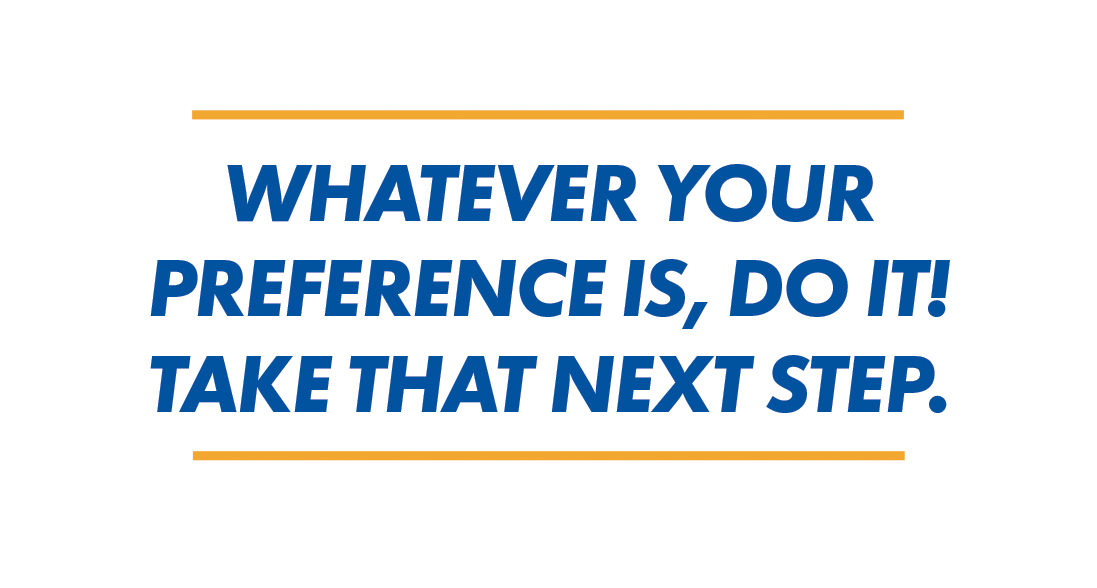By: Steven J. Daun, National Chief Pilot
Over the past few years, I have written several articles regarding the importance of currency and proficiency for pilots. Depending on the type of flying you do, proficiency and currency come in many different flavors and styles. However, for the GA pilot, this can sometimes be a challenging and daunting task.
Several years ago, the FAA changed the nomenclature from “biannual flight review” to “flight review.” They wanted the pilot community to understand that currency and proficiency are ongoing exercises, not just an event to be addressed every 2 years. They also created the Wings Program to make currency and proficiency even easier to achieve.
Why are so many pilots adverse to a quality flight review, and why do even more try to get away with only doing the bare bone minimums? The primary reason is that they don’t understand the flight review’s intent, and they don’t see the value.
Regardless of whether they work for an airline, charter company, flight school, or corporate flight department, all professional pilots are required to go through some type of regular recurrent training. This is because there are many skills and knowledge areas that are not used on a regular basis. Regular recurrent training is the most effective way of “resetting” the pilot and gives them the chance to practice those skills in a controlled environment. The majority of these skills revolve around emergency procedures, systems, regulatory review, and new procedures.
So, as a GA pilot, how should you prepare for your flight review, and what should you expect when you arrive for your flight review?
You should expect a call from the school a few days before the evaluation. This discussion should include your primary use of GA aircraft, your experience, typical flight profiles, and areas that you feel you would like to strengthen your knowledge.
When you arrive for your flight review, your instructor should be armed with a plan based on your interview. Your instructor should lay out the plan for the ground, simulator, and flight so that there are no surprises. This is supposed to be a learning experience, not a test.
We typically start with a discussion on what is needed for the airplane to be considered legal to fly and what is required for you as the pilot in command. The next discussion will include a review of the weather followed by cross-country flight planning and weight and balance. Aircraft systems and performance are then discussed, followed by emergency procedures, navigation, and emergency procedures.
Using a simulator in the flight review allows us to review all of the “what if” concerns that you may have. We find this especially helpful regarding temperature and pressure issues, electrical issues, and instrument issues.
To get the most out of your flight review, you must anticipate that it will be challenging in the beginning as we dust off the cobwebs. After that is done, all you have to worry about is learning. If there are any areas that need additional work, a plan should be developed to address those. When done correctly, a flight review should be a positive experience. You should expect to leave with more confidence and knowledge and a feeling of accomplishment. There are many pilots who choose to do this once or twice each year. Their primary reason for doing so is that they feel it’s easier to maintain currency with shorter intervals.
Whatever your preference is, do it. Take that next step.










